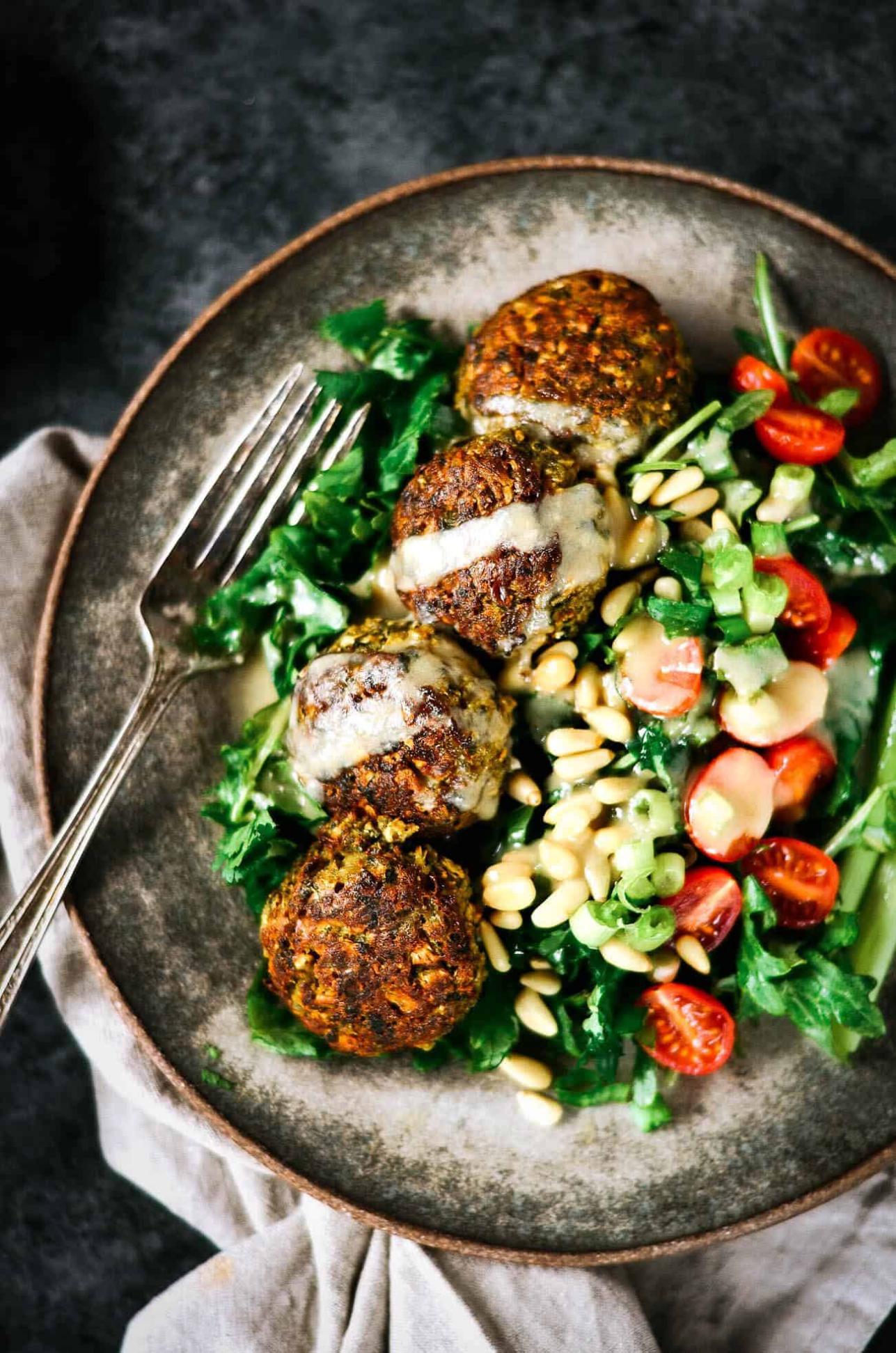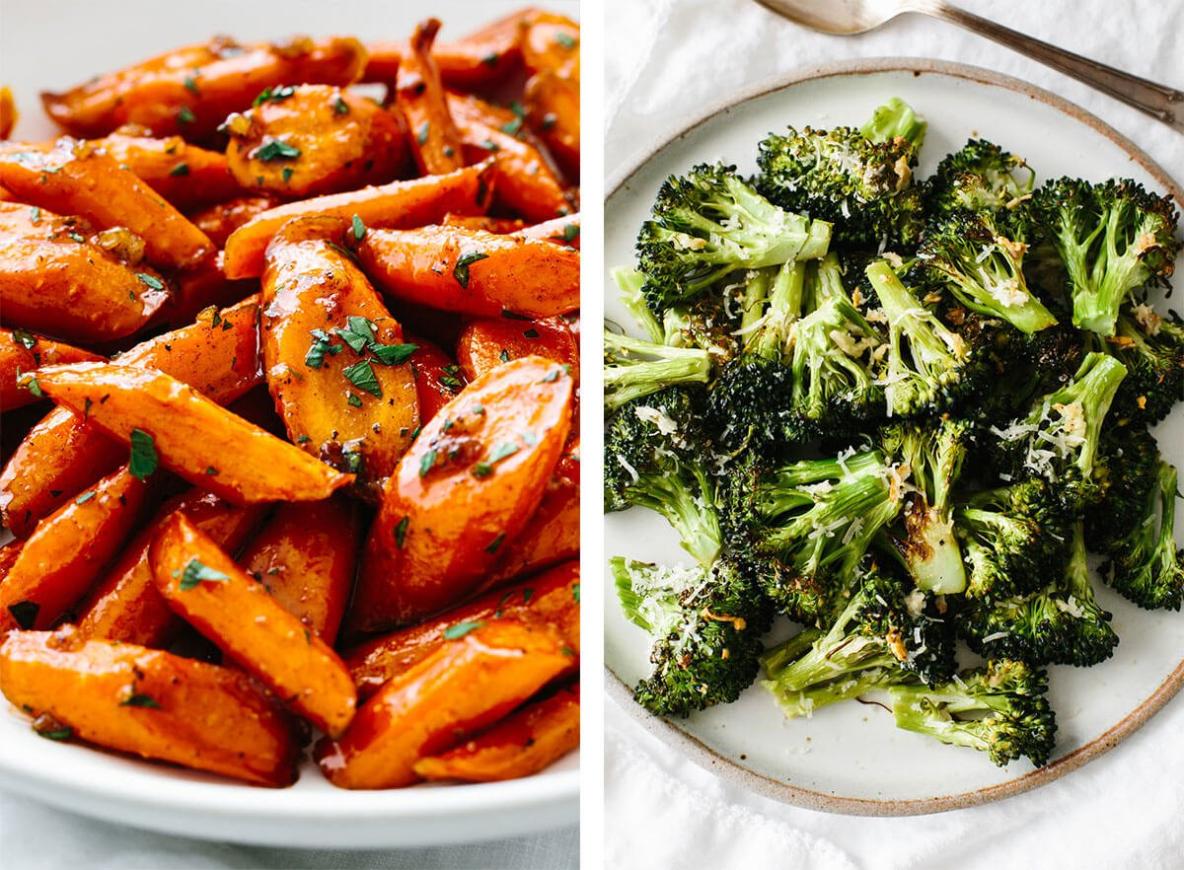How Can I Create Vegetarian Recipes That Are Suitable for Different Dietary Restrictions?
In today's diverse and health-conscious world, creating vegetarian recipes that cater to different dietary restrictions is essential for inclusive and enjoyable meal planning. Whether it's veganism, gluten intolerance, or nut allergies, accommodating dietary preferences and allergies is crucial for ensuring everyone can enjoy delicious and nutritious vegetarian meals.

I. Understanding Dietary Restrictions:
1. Veganism:
- Vegans abstain from consuming all animal products, including meat, dairy, eggs, and honey.
- Vegan diets focus on plant-based foods such as fruits, vegetables, grains, legumes, and nuts.
2. Gluten Intolerance:
- Gluten is a protein found in wheat, barley, and rye.
- Individuals with gluten intolerance or celiac disease must avoid gluten-containing foods to prevent adverse reactions.
3. Nut Allergies:
- Nut allergies are common and can be life-threatening.
- Individuals with nut allergies must avoid consuming nuts and foods containing nuts.
II. Adapting Vegetarian Recipes:

1. Ingredient Substitutions:
- For vegan recipes, substitute animal-based ingredients with plant-based alternatives such as tofu, tempeh, seitan, and plant-based milk.
- For gluten-free recipes, use gluten-free flours like almond flour, coconut flour, or buckwheat flour.
- For nut-free recipes, replace nuts with seeds, dried fruits, or roasted chickpeas.
2. Alternative Cooking Methods:
- Baking and roasting are excellent methods for creating flavorful vegetarian dishes without relying on animal fats.
- Stir-frying and steaming are healthy cooking techniques that preserve nutrients and create vibrant dishes.
III. Vegan Recipes:
1. Vegan Chili:
- Combine black beans, kidney beans, tomatoes, corn, and spices in a pot.
- Simmer until the chili thickens and the flavors meld.
- Serve with rice, tortilla chips, or a side salad.
2. Tofu Stir-Fry:
- Marinate tofu in a mixture of soy sauce, ginger, and garlic.
- Stir-fry the tofu with vegetables like broccoli, bell peppers, and carrots.
- Serve over rice or noodles.
IV. Gluten-Free Vegetarian Recipes:
1. Gluten-Free Veggie Burgers:
- Combine cooked quinoa, black beans, and vegetables in a food processor.
- Form the mixture into patties and pan-fry until golden brown.
- Serve on gluten-free buns with your favorite toppings.
2. Gluten-Free Pasta Primavera:
- Cook gluten-free pasta according to the package instructions.
- Sauté vegetables like zucchini, broccoli, and tomatoes in olive oil.
- Combine the pasta and vegetables in a sauce made from olive oil, garlic, and herbs.
V. Nut-Free Vegetarian Recipes:
1. Nut-Free Granola Bars:
- Combine oats, seeds, dried fruits, and honey in a bowl.
- Press the mixture into a baking dish and bake until golden brown.
- Cut into bars and enjoy as a snack or breakfast.
2. Nut-Free Pad Thai:
- Stir-fry rice noodles with vegetables like carrots, bell peppers, and bean sprouts.
- Add a sauce made from tamarind paste, rice vinegar, and soy sauce.
- Serve with tofu or tempeh for a protein boost.
VI. Recipe Examples:
1. Vegan Lentil Soup:
- Sauté onions, garlic, and carrots in olive oil.
- Add lentils, vegetable broth, and spices to the pot.
- Simmer until the lentils are tender and the soup thickens.
- Serve with crusty bread or a side salad.
2. Gluten-Free Veggie Enchiladas:
- Fill corn tortillas with a mixture of roasted vegetables, black beans, and cheese.
- Roll up the tortillas and place them in a baking dish.
- Top with a sauce made from tomatoes, chili peppers, and spices.
- Bake until the enchiladas are golden brown and bubbly.
3. Nut-Free Falafel:
- Soak chickpeas overnight and then grind them in a food processor.
- Add herbs, spices, and flour to the chickpea mixture.
- Form the mixture into balls and fry until golden brown.
- Serve with tahini sauce and pita bread.
VII. Tips For Meal Planning:
1. Variety:
- Include a variety of fruits, vegetables, grains, legumes, and nuts in your meals.
- This ensures a balanced intake of nutrients and prevents boredom.
2. Balance:
- Each meal should include a balance of carbohydrates, proteins, and fats.
- This helps maintain energy levels and promotes overall health.
3. Portion Control:
- Be mindful of portion sizes to avoid overeating.
- Use smaller plates and bowls to help control portions.
VIII. Conclusion:
Creating vegetarian recipes that cater to different dietary restrictions is essential for inclusive and healthy meal planning. By understanding dietary restrictions, adapting recipes, and incorporating a variety of nutritious ingredients, you can create delicious and satisfying vegetarian dishes that everyone can enjoy. Embrace the challenge of creating inclusive vegetarian recipes and discover the joy of cooking for a diverse and appreciative audience.
YesNo

Leave a Reply